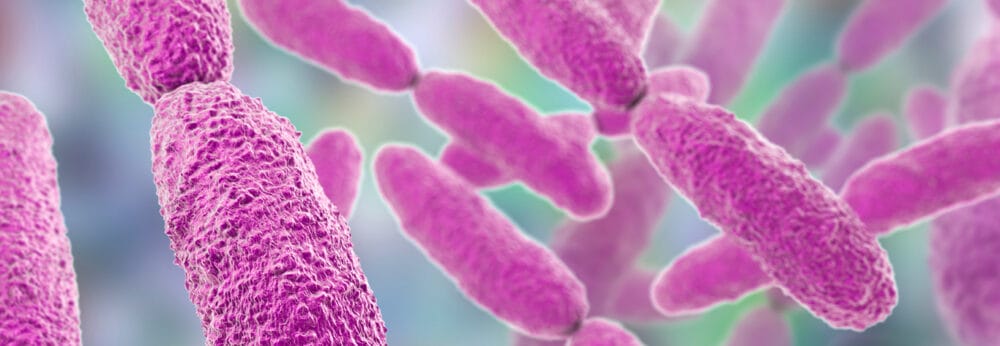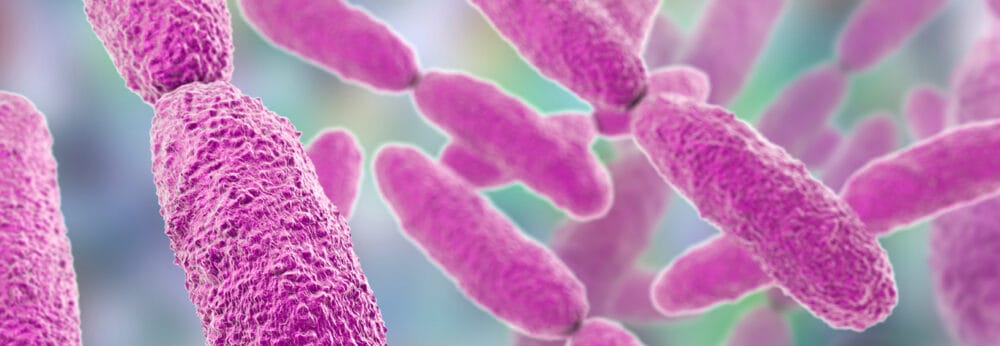Posts Tagged ‘ESBL’
Update: Briefing on ESBLs, CPEs, & other antibiotic-resistant Gram-negative bacteria
We originally wrote this post in 2015 as a briefing on various antibiotic resistant bacteria. It’s one of the most popular articles on the blog, so time for an update! Read on to discover more about “antibiotic-resistant Gram-negative bacteria” and why resistant Enterobacterales are a real cause for concern. What are “antibiotic-resistant Gram-negative bacteria”? There…
Read MoreA “halo” effect of chlorhexidine patient bathing: reduced environmental contamination
An Irish study has examined whether daily bathing of patients using chlorhexidine results in a “halo” effect, in reducing environmental contamination. The study found that contamination of surfaces with VRE and ESBL Enterobacteriaceae (ESBL-E) in the near-patient environment was significantly lower when chlorhexidine bathing was in operation. The study was performed in a 12-bed mixed speciality…
Read MoreDisinfectant wipes mop the floor with chlorine solution
There are few well-controlled studies investigating the impact of disinfectant wipes in a clinical setting compared with standard methods. A study from a group of researchers in Cardiff shows that one-step cleaning and disinfectant wipes are more effective than two-step detergent and chlorine solution cleaning / disinfection in removing microbial contamination from hospital surfaces. What was the…
Read MoreCross-resistance between biocides and antibiotics doesn’t seem to be a problem
A new study from Jordan has reinforced that cross-resistance between biocides and antibiotics doesn’t seem to be a problem. The study found that although multidrug-resistant E. coli were commonly identified from the environment in both hospital and community settings, there was no evidence of cross-resistance between antibiotics and biocides, and all E. coli were susceptible to in-use concentrations of biocides. 21…
Read MoreUpdates on chlorhexidine from ECCMID 2017
A number of key studies were published at ECCMID 2017, providing further evidence of the utility of chlorhexidine for reducing the risk of HCAI. A study from South Korea evaluated the impact of universal skin antisepsis using 2% chlorhexidine gluconate (CHG) washcloths in reducing MRSA acquisitions and bloodstream infections. Following a 12 month baseline period, a two-year…
Read More


